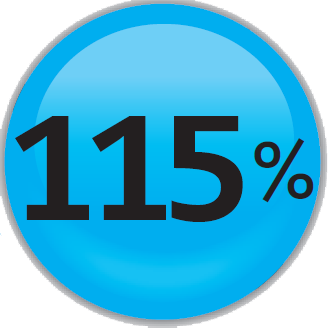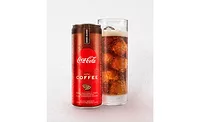Coca-Cola roles out new energy drinks with help from Amazon Alexa
Alexa Coca-Cola Energy Wall uniquely serves up beverages before national launch
After a two-week hiatus for the holidays, I logged onto my computer and sifted through hundreds of emails, searching for the latest ingredient trends or innovations to spotlight.
It didn’t take me long to find one that caught my eye. At the Consumer Electronics Show (CES) in Las Vegas (Jan. 7-10), The Coca-Cola Co. teamed up with Amazon Alexa to literally bring energy to the world’s largest consumer tech conference.
The bright-red Alexa Coca-Cola Energy Wall enabled close to 14,000 attendees to sample the company’s new Coca-Cola Energy drinks before the beverage line officially hit store shelves nationwide on Jan. 20. When attendees approached the wall, they simply said, “Alexa, order Coca-Cola Energy,” and the wall served them a cold drink through a secret panel that opened in the wall. Some tradeshow visitors were even treated to one of Alexa’s witty responses, evoking scenes from the 1962 futurist space cartoon, “The Jetsons,” which was set in 2062, except no flying cars — yet.
In another smart marketing move, starting Jan. 7, Coca-Cola ensured fans who weren’t in attendance at CES could get first tastes of the new drinks by using their Alexa-enabled device to order and add Coca-Cola Energy to their cart or shop for the beverage on Amazon.com or using the Amazon app. The Coca-Cola energy lineup includes four flavors: Coca-Cola Energy, Coca-Cola Energy Zero Sugar, Coca-Cola Energy Cherry and Coca-Cola Energy Cherry Zero Sugar.
As 2020 rolls out, it will be interesting to see how brands will “energize”market with new technology.

Did you know?
In its first “Off The Shelf Report,” digital convenience retailer goPuff identified the next trends for America’s consumers. Hot Cheetos was the country’s favorite snack in 2019, orders for personal care items increased 24 percent during the winter months, and there was a 115 percent increase in boxed and canned wine orders this year.
Looking for a reprint of this article?
From high-res PDFs to custom plaques, order your copy today!







